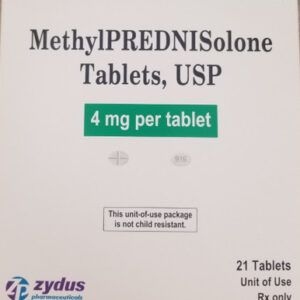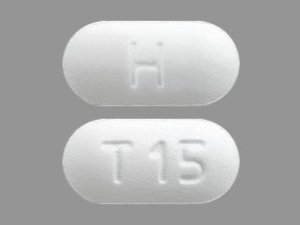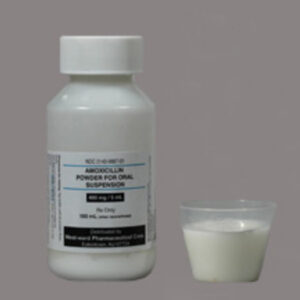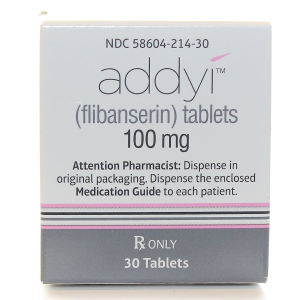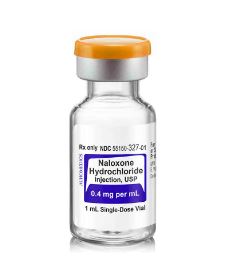Disclaimer: Early release articles are not considered as final versions. Any changes will be reflected in the online version in the month the article is officially released.
To the Editor: Coincident outbreaks of Neisseria meningitidis serogroup Y (MenY) multilocus sequence type (ST) 1466 were detected in 2024, manifesting as invasive meningococcal disease (IMD) in the United States and urogenital infections in Australia (1). We read with interest the genomic analysis of globally available MenY ST1466 sequences that found that isolates from outbreaks in the United States and Australia were closely related (2). Although the study provided evidence that the urogenital site could act as a reservoir for IMD cases, risk estimates of urogenital MenY ST1466 ability to cause IMD or the propensity for the invasive isolates to inhabit the urogenital niche were lacking (2). Here, we report the case of a previously healthy 29-year-old woman who sought care at an emergency department for postprocedural pelvic inflammatory syndrome 3 days after the insertion of an intrauterine device.
We collected microbiological samples as the initial case workup. Vaginal swab specimens were negative for Chlamydia trachomatis and N. gonorrhoeae. Oropharyngeal specimens were not collected. MenY was isolated from a positive blood culture, and subsequent investigation included additional vaginal samples for culture. Although culture results were negative, MenY was detected by PCR from 5 vaginal and intrauterine device fluid samples. We conducted whole-genome sequencing on the blood culture after DNA extraction by using Illumina iSeq (Illumina, https://www.illumina.com), according to manufacturer instructions. In silico typing confirmed MenY ST1466. The patient was treated with ceftriaxone and made a full recovery.
This case represents presumptive progression of urogenital carriage of MenY ST1466 to invasive disease, supporting the premise that urogenital carriage is a risk factor for IMD (2). On the basis of the link between upper airway inflammation associated with influenza and IMD, it is biologically plausible that meningococcal urethritis similarly poses an increased risk for IMD (3). Concerns remain in Australia regarding the risk posed by urogenital MenY cases being detected through enhanced laboratory practices.
C.R. Robert George , Hemalatha Varadhan, Syeda Naqvi, Brett Locker, Matthew Howes, Sebastiaan van Hal1, and Monica Lahra1
Author affiliation: New South Wales Health Pathology, New Lambton Heights, New South Wales, Australia (C.R.R. George, H. Varadhan, S. Naqvi); John Hunter Hospital, New Lambton Heights (B. Locker, M. Howes); New South Wales Health Pathology, Camperdown, New South Wales, Australia (S. van Hal); The University of Sydney, Camperdown (S. van Hal); New South Wales Health Pathology, Randwick, New South Wales, Australia (M. Lahra); The University of New South Wales, Randwick (M. Lahra).
Suggested citation for this article: George CRR, Varadhan H, Naqvi S, Locker B, Howes M, van Hal S, at al. Invasive urogenital Neisseria meningitidis serogroup Y multilocus sequence type 1466. Emerg Infect Dis. 2025 Oct [date cited]. https://doi.org/10.3201/eid3110.250902

 Our Pill Pass® Drug List is only $6.99 or less and Shipping is FREE!
Our Pill Pass® Drug List is only $6.99 or less and Shipping is FREE!

